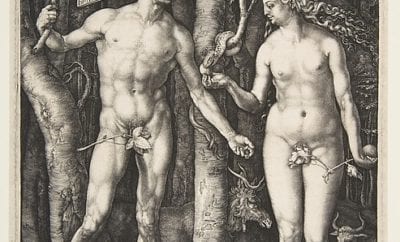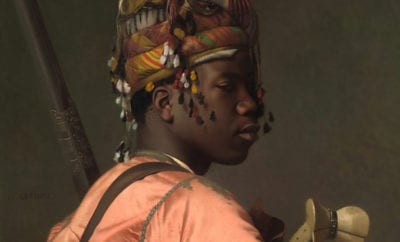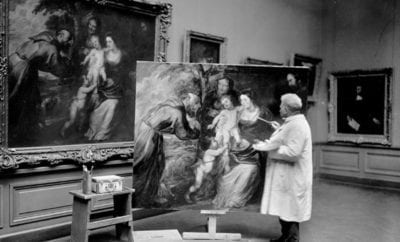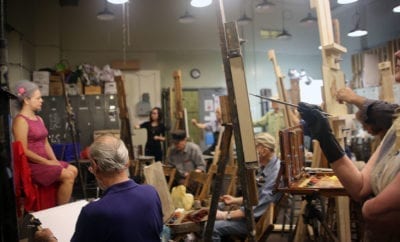
Ryan’s Advice on How to Make Your Work Less Sucky
One thing I have learned about workshops in general is that I am not there to impress anyone. I am there to learn, get out of my own way, and get out of my comfort zone. So, even though my work usually sucks is not what I wish it would be, who cares? I’m never going to get better unless I am willing to fail. You don’t learn anything by being successful 100% of the time. Fail, pick yourself up, try to figure out what went wrong … Then try again, and maybe fail again. Until you get it right.
The last couple of days with Ryan and the school were fun. We concentrated on painting, mostly inside. My plein air paintings didn’t look so great, but my last figure painting was starting to look nice.
 I love the advice he gives about coloring in each area with a thin coat of the average color and then going back later and adding more detail. This process is called Ébauche, and it gives you a clear idea of the values in the painting (where the lights and darks are), along with a strong sense of the shapes of all the objects and the composition of the painting (where the objects are in relation to each other).
I love the advice he gives about coloring in each area with a thin coat of the average color and then going back later and adding more detail. This process is called Ébauche, and it gives you a clear idea of the values in the painting (where the lights and darks are), along with a strong sense of the shapes of all the objects and the composition of the painting (where the objects are in relation to each other).
To do this, you have to see the world in terms of large masses or color shapes. It’s not like you’re seeing a person or a door, but more like seeing the world with your eyes squinted. The lights are lighter, the darks are darker, and every thing’s a shape instead of something immediately recognizable. Later, when you can go back and fill in details like shading and hue you have a much easier time doing it.
With landscape painting, I also learned that you should always paint back-to-front. Paint what’s furthest away first. If you’re painting a scene with a building and the sky behind it, it’s best to fill the sky in before moving on to the building in the foreground. Combining it with Ébauche is a great way to work!
Ryan not only does Ébauche and paints back-to-front, he also loves to do studies. Studies are small, quick paintings of something you eventually want to do a big painting of. They help prepare you for the bigger painting, because you are more familiar with the whole scene and can make large or small adjustments to your “study” painting before you commit to a final larger one.
Get great posts like these in your inbox!
Enter your email and we'll send you new posts when they are published. It's that simple!
We promise to never sell or distribute your email addresses. Your privacy is safe with us.













2 Comments